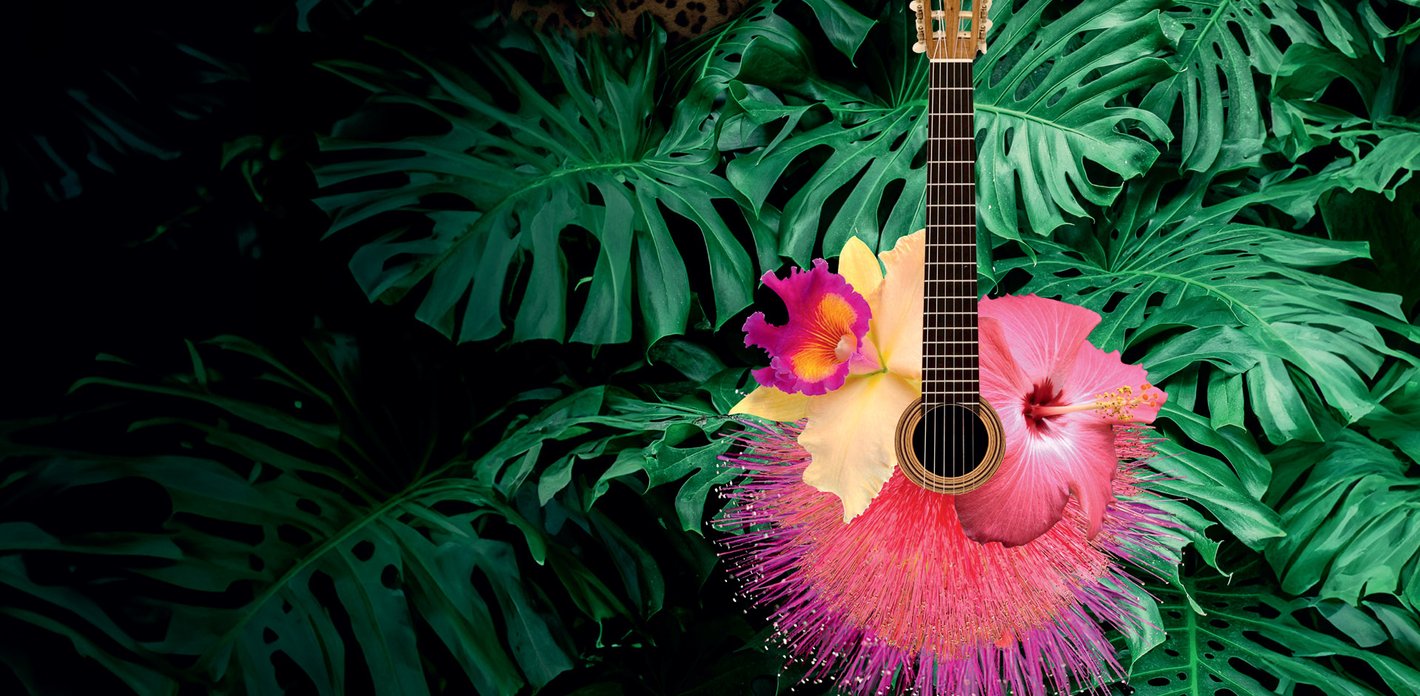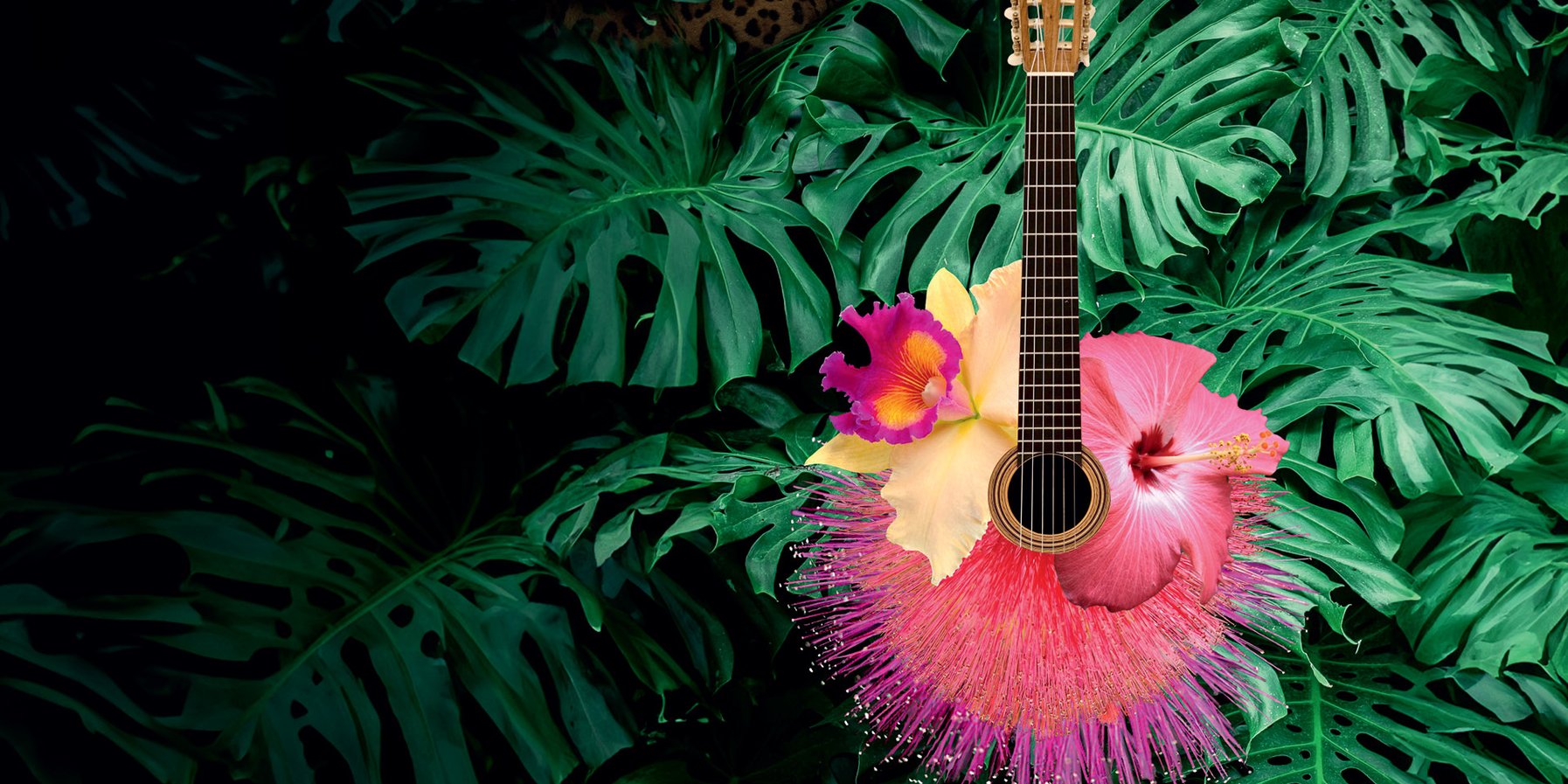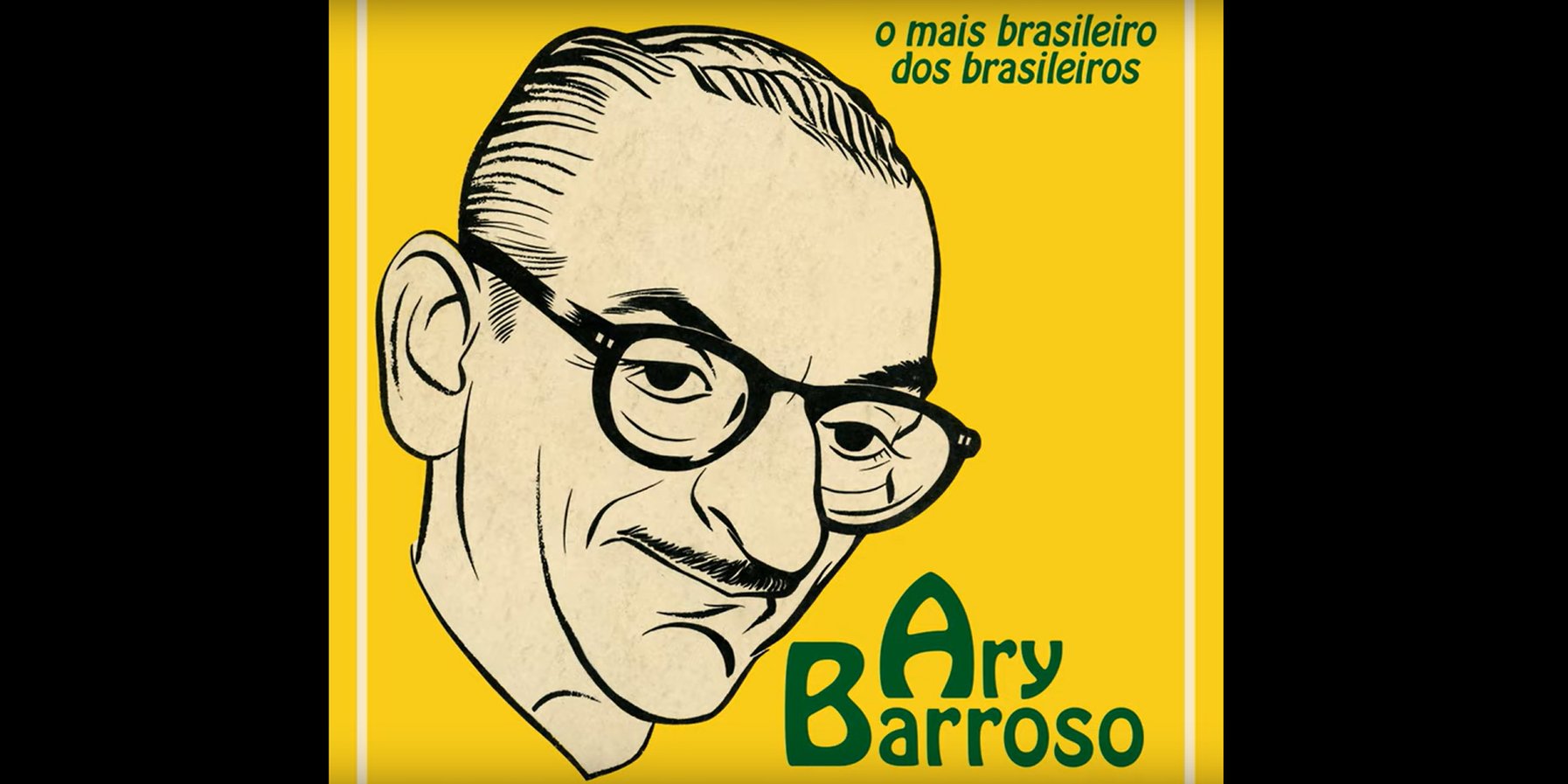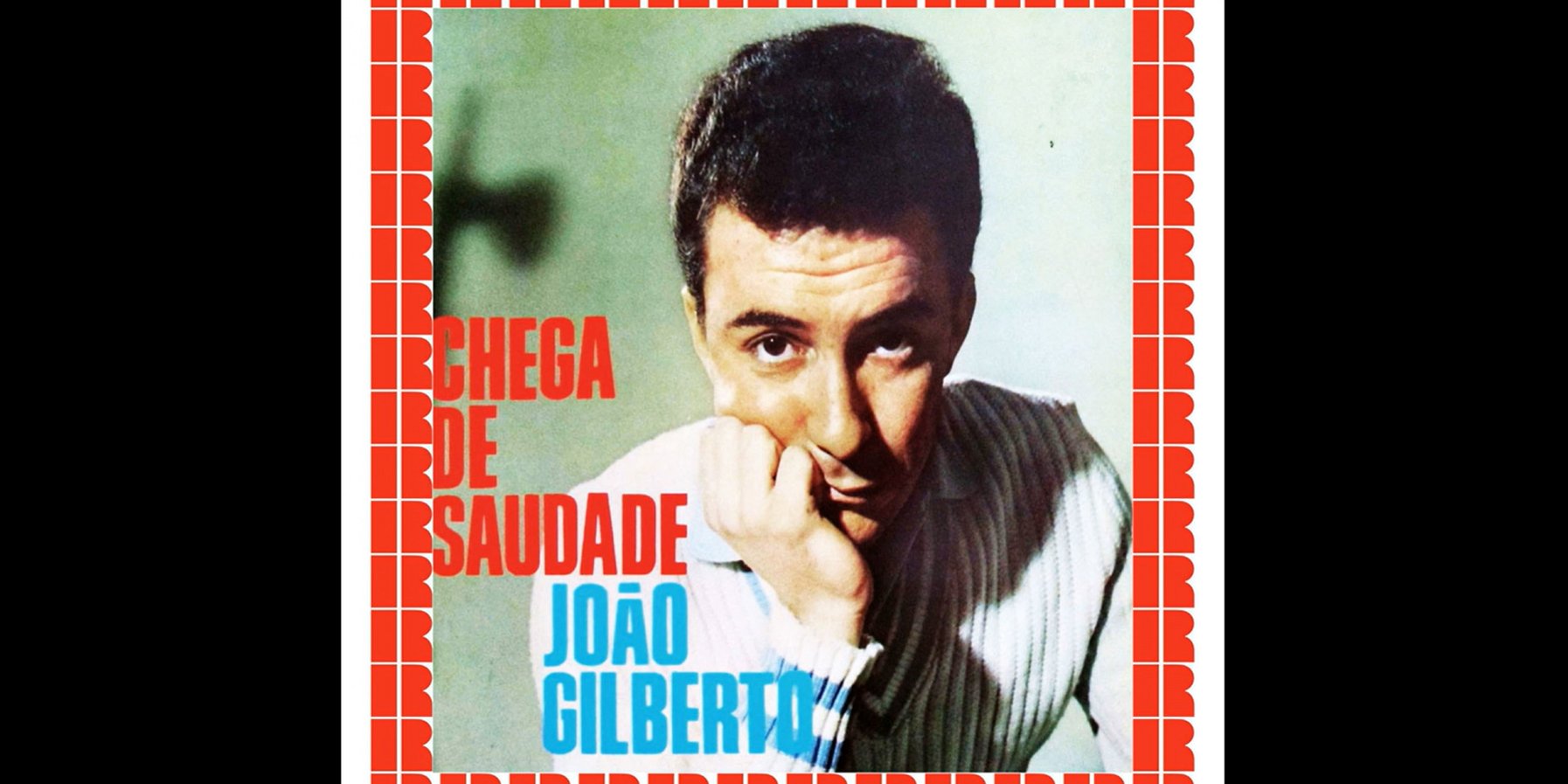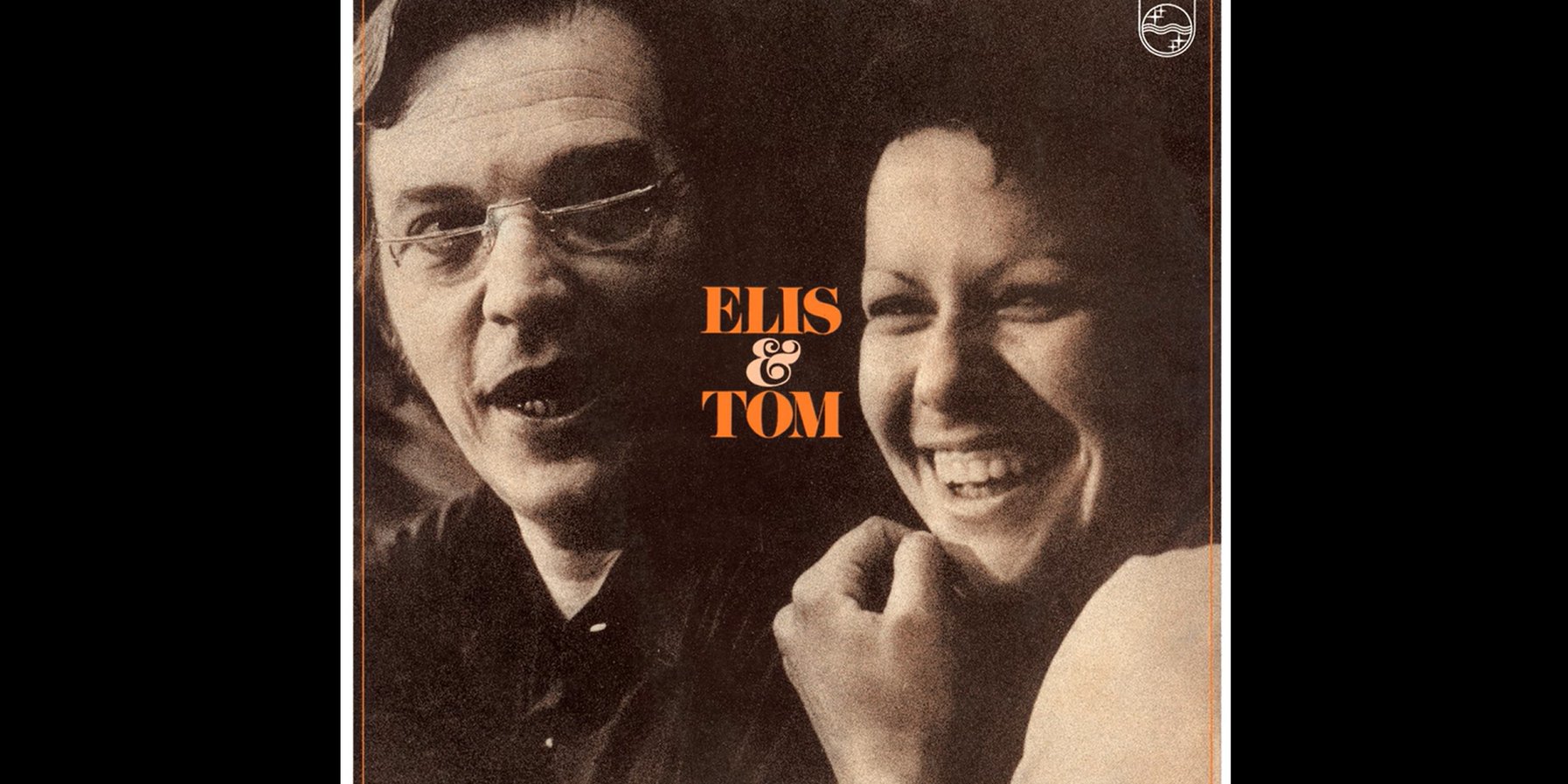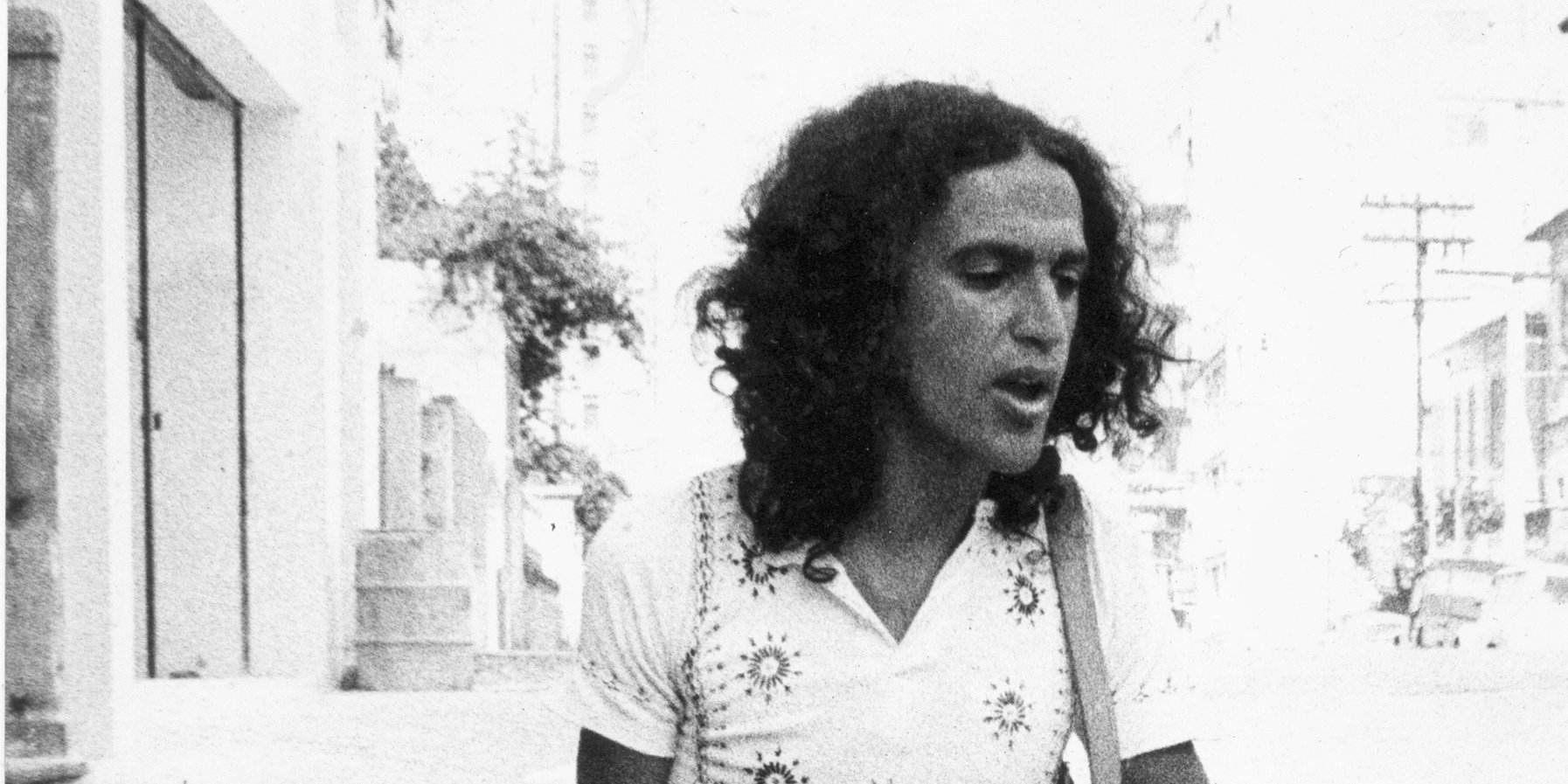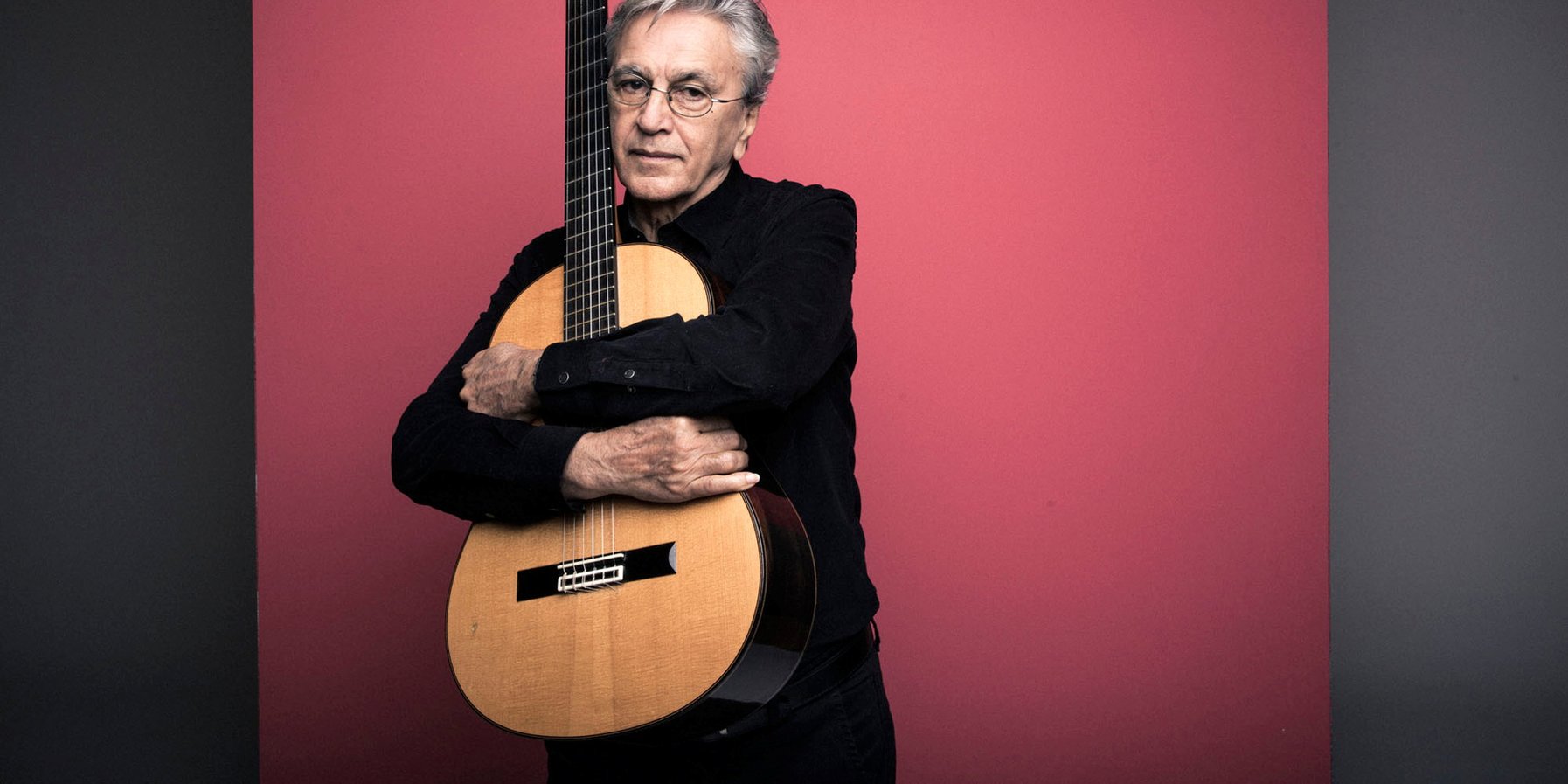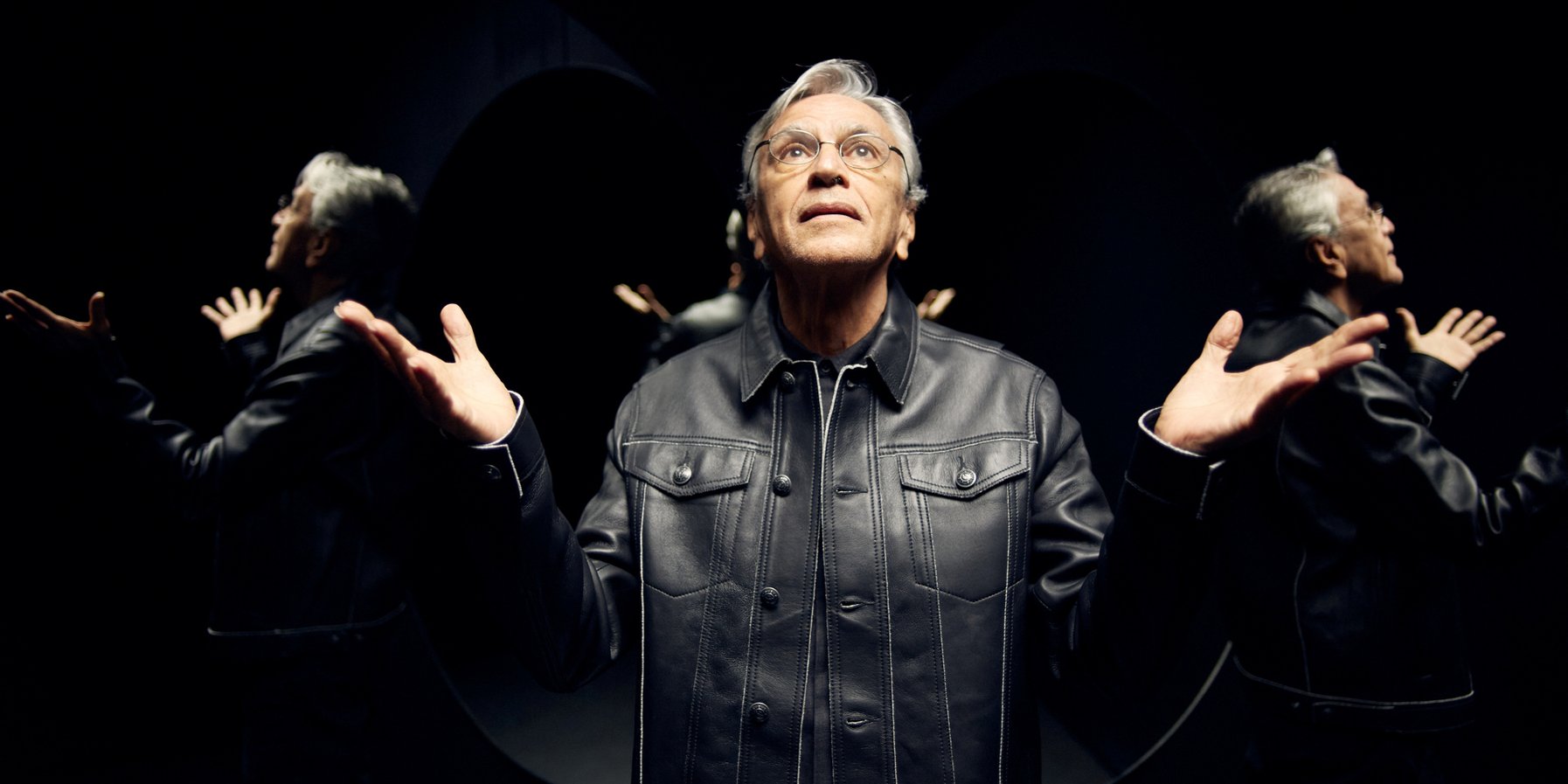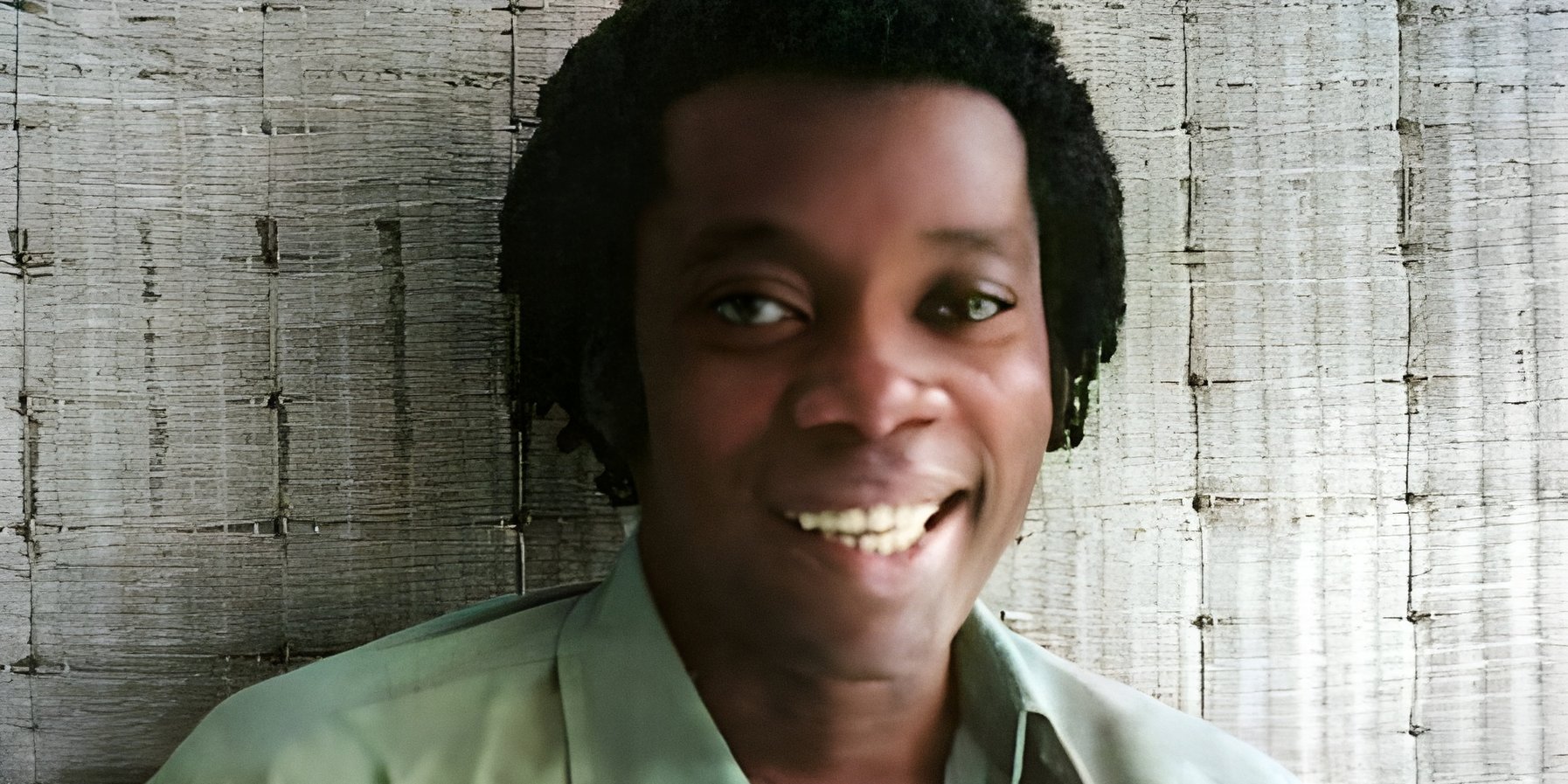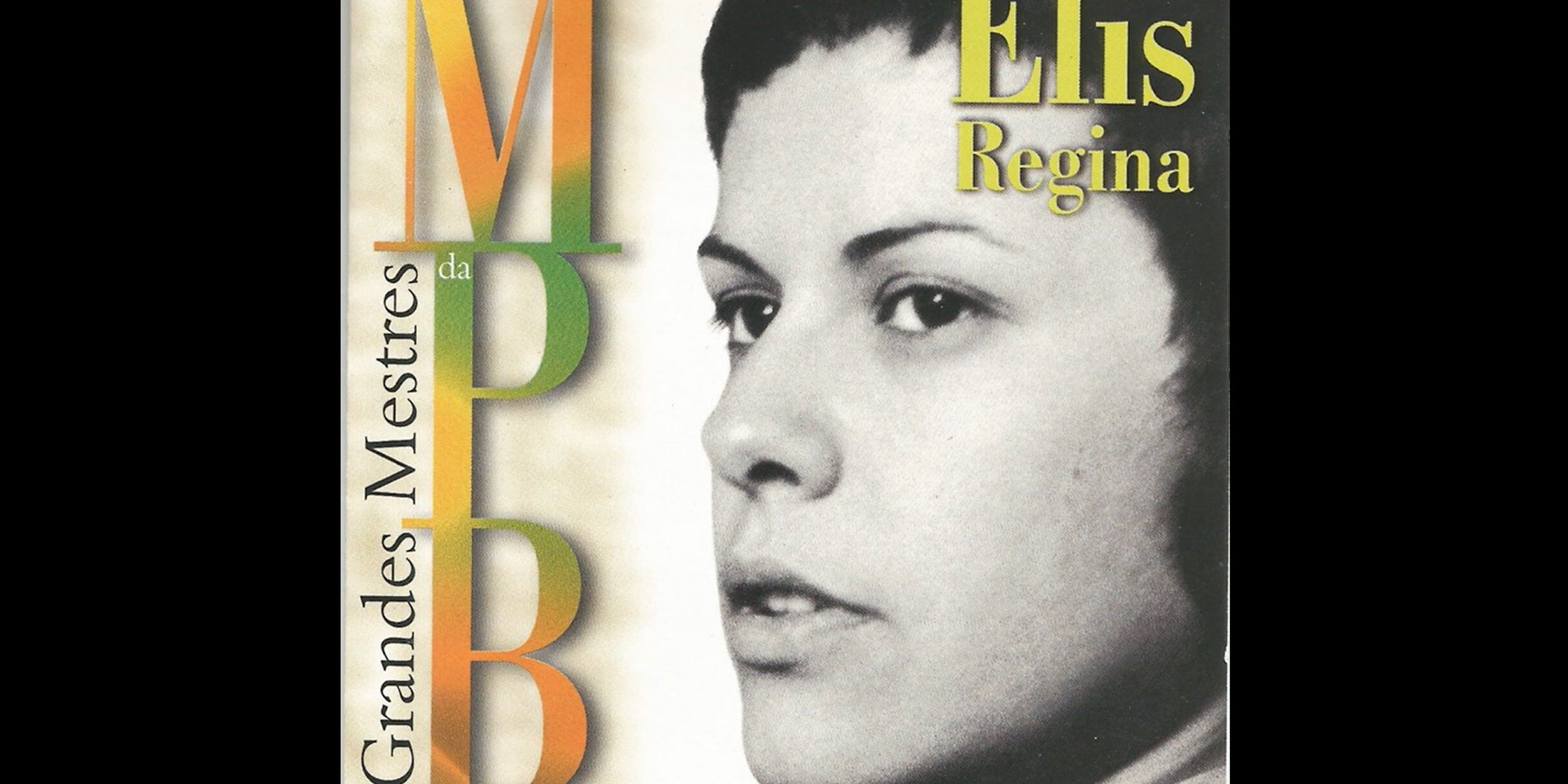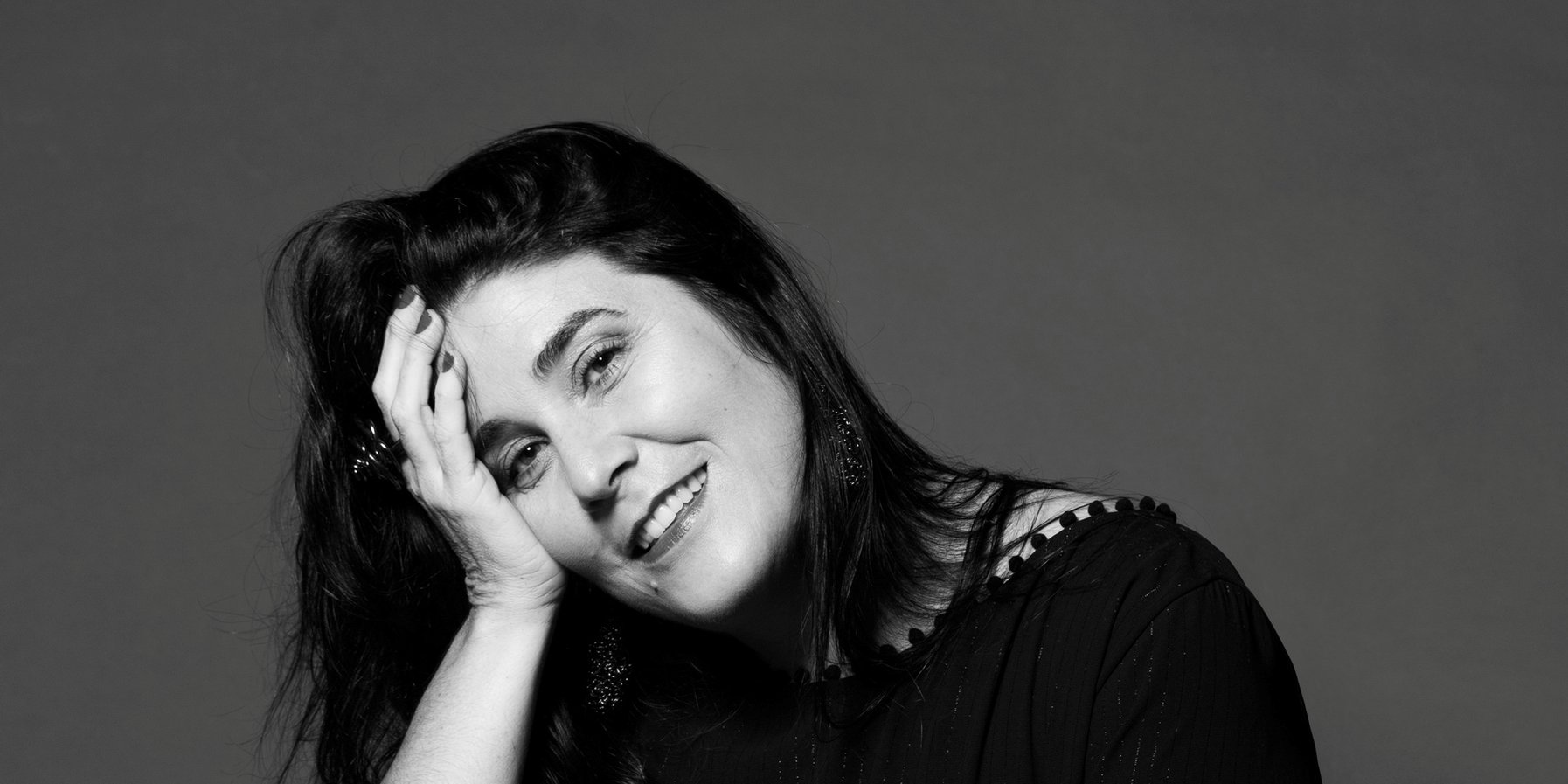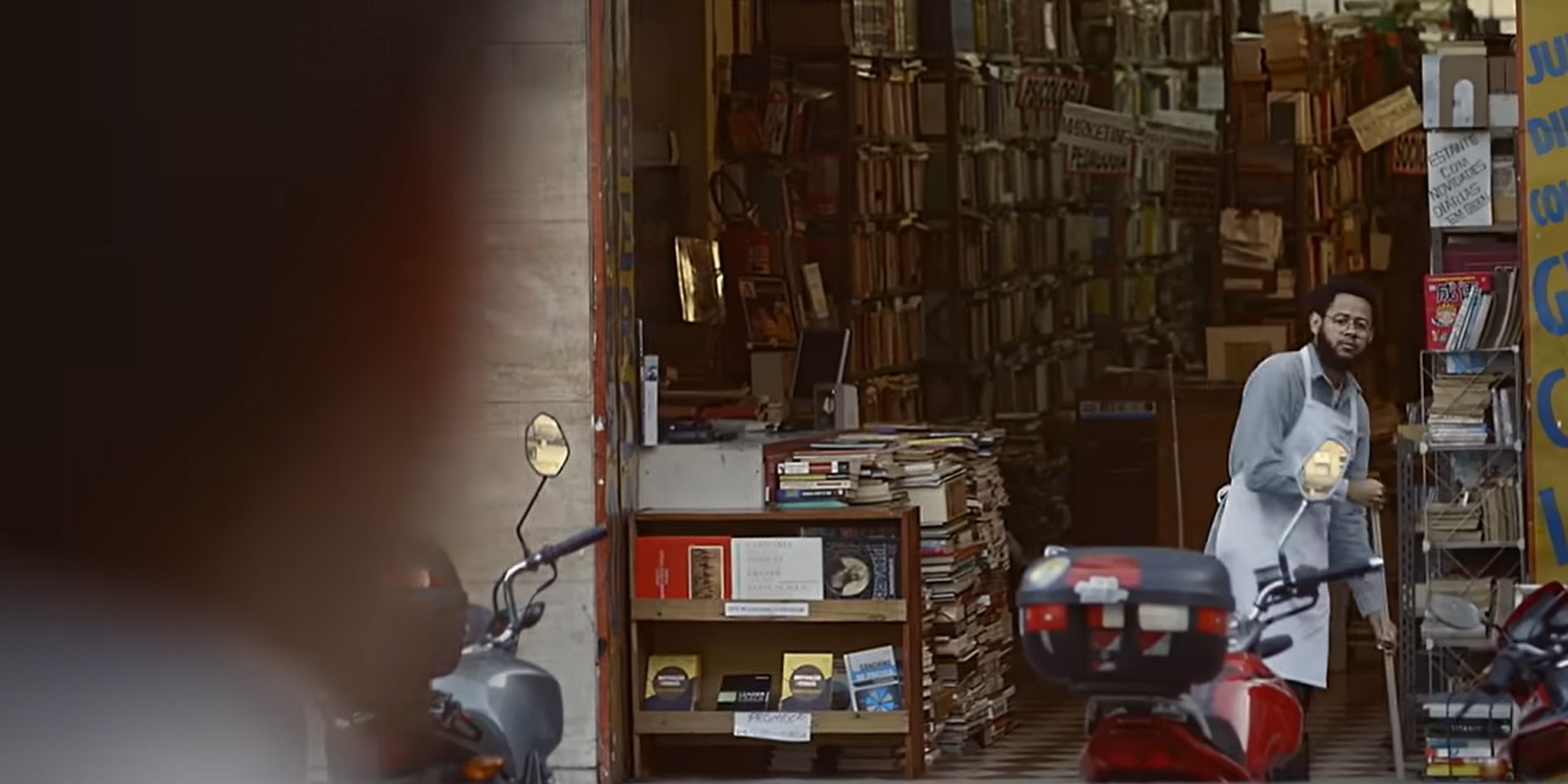Text: Stefan Franzen, 1. August 2024
Brazilian music has been a mirror of diversity for at least 150 years. The huge state in South America is an ethnic and topographical patchwork, with a history involving many peoples and cultures. Music was and is an integrative, solidarising force, a bond that holds large parts of society together. It has survived dictatorships and military regimes and has stood up to politicians, but has also helped to shape the country's political landscape.
To mark the Elbphilharmonie’s 2024 Brazil Festival, this article highlights ten striking events from the country's musical history that continue to have an impact far beyond their respective time.
»Talking about Brazilian music means talking about diversity, about mixtures. You can see this diversity in the cuisine, the religion, the people and their language – and in the country’s music too. What’s more, Brazil is a young country that is still producing original styles.«
Marisa Monte (singer)
Festival »Brazilian Legends« :22–27 October 2024
For almost a week, the Elbphilharmonie celebrates Brazilian music culture and presents some of the musical legends of this diverse country.
1877: RIO’S FIRST SELF-MADE WOMAN :The »Choro« by Chiquinha Gonzaga
In mid-19th century Rio de Janeiro, the salon dances brought over by the colonial rulers were given a swinging touch. The polkas, waltzes and mazurkas played on the flute and guitar were coloured by the rhythms of the displaced Africans. Brass and clarinets from the factory and fire-brigade bands also found their way into this instrumental music, which was soon referred to as »choro«, probably from the verb »chorar«, to cry, because of its underlying melancholy. It was the first genuine Brazilian music. In the newly emerging middle class, piano playing became increasingly fashionable and made its own contribution to this young music.
One such pianist from a good family was Chiquinha Gonzaga (1847-1935). She became Rio’s first self-made woman: initially a member of choro pioneer Joaquim Callado's ensemble, she took up the pen herself in 1877 and composed the piece »Atraente«. This was followed by one hit after another, such as »Corta Jaca«, written for a burlesque operetta.

Gonzaga went down in Brazil's history with her own orchestra and revue theatre, and is still revered by many today as a role model –not only as a musician, but also as a pioneer of women's rights and the abolition of slavery. Her music, the choro, is still popular throughout the country today, even among young people, both as spontaneous street music and in jazzy studio productions.
1939: A HYMN TO BRAZIL :»Aquarela do Brasil« by Ary Barroso
With the immigrants from the Bahia region, who sought work in the docks and on the streets of Rio at the end of the 19th century, an early form of samba arrived in what was then the capital, the »samba de roda«, still incorporating elements of an African-influenced round dance. Like the choro, it encountered European melodies and harmonies in the dance halls. In cheeky and juicy lyrics, it tells of drinking bouts, heartache and also of games of cat-and-mouse with the police. From the 1930s onwards, it started to be coupled with elaborate choreography at carnival parades, and samba schools sprang up everywhere. In the hills, it remained the »samba de morro«, the music of the poor; down in the city, it found its way into the bourgeoisie and on to the radio, becoming a real industry. This middle-class samba is often laden with pathos, featuring orchestral accompaniment and with melting vocals.

Someone else who knew how to utilise this mass-market »samba exaltação« for his own purposes was the dictator Gétulio Vargas. The biggest hit in the genre was »Aquarela do Brasil«, written by Ary Barroso (1903-1964) and published on 18 August 1939. This anthem glorifies the Brazilian landscape, culture and people in exuberant verses set to a melody virtually operatic in style. In 1942, Walt Disney discovered it for his animated film »Saludos Amigos«, making it the first Brazilian hit in the USA. Under the new name »Brazil«, the song’s triumphal march around the world became legendary, with versions by Django Reinhardt, Frank Sinatra, Santana, Harry Belafonte and Dionne Warwick among others.
Ary Barroso: »Aquarela do Brasil«
1958: SOFT REVOLUTION WITH KISSES AND FISHES :»Chega de Saudade« by João Gilberto
Can two minutes of music (to be precise: one minute and 58 seconds) change the world? On 10 July 1958, a man walked into the Odeon studios in Rio de Janeiro with his guitar. His voice was a mixture of nasal bassoon and whispering flugelhorn, his plucking of the guitar strings economic and elegant. Brazil had experienced long years of bombast, with the pathos of the »samba exaltação« dominating radio broadcasts. But now young people were looking for more light-footed, playful sounds, and a young bohemian from Bahia by the name of João Gilberto (1931-2019) had the recipe. He transferred the many percussion patterns of samba to his six strings in refined, gentle rhythms. He even spent months fine-tuning this sound in the toilet – because of the beautiful echoes there. The poet Vinicius de Moraes (1913-1980) supplied the lyrics for his miniatures, while the arrangements came from pianist-composer Antônio Carlos »Tom« Jobim (1927-1994). Together the three of them developed what gradually emerged under the name Bossa Nova (»new nonsense«).
»João Gilberto on guitar could read a newspaper and sound good.«
Miles Davis
The short, snappy »Chega de Saudade« (»Put an end to sadness«) is the blueprint for this. The wordplay in the lyrics is unique: »peixinhos« rhymes with »beijinhos«, because she is supposed to get as many "kisses" as there are "little fishes " swimming in the sea. When the song was released in December 1958, everyone suddenly wanted to play the guitar like João Gilberto. Bossa nova flourished in Brazil for six intense years - until the military dictatorship put an end to this carefree attitude to life in 1964. But by then it had long since become a global language.
João Gilberto: »Chega de Saudade«
1964: Tanks instead of guitars :»Inútil Paisagem« by Tom Jobim
When guitarist Roberto Menescal and a young singer drove to the recording studio in Rio de Janeiro on the morning of 1 April 1964, they found the building empty. The two of them gradually learnt what had happened the previous evening: the generals had staged a coup, paralysing Rio, and there were tanks on the streets, marking the start of a sinister military dictatorship that lasted for 21 years. Thus 31 March also marked the end of the carefree bossa nova era.
Bad timing for 19-year-old Wanda Sá, who was just at the start of her career and now involuntarily bid the bossa era a final farewell with her debut album »Vagamente«. Menescal and Sá made a virtue out of necessity: they simply recorded the piece as planned with the few musicians who made it to the studio, without a large string orchestra, in the most intimate atmosphere imaginable. The result is one of the most beautiful pieces of late bossa, a grandiose, intense dialogue between the pensive electric guitar and this languorous voice: »Inútil Paisagem«. The melody is poignant and chromatic and takes many unexpected turns. Tom Jobim pays admiring tribute to Impressionists such as Debussy. And the text by Aloysio de Oliveira is a great moment of tropical romanticism.
Tom Jobim: »Inútil Paisagem«
1968: Celebrities behind bars :Caetano Veloso’s »Tropicalismo«
In October 2023, he once again took to the stage of the Elbphilharmonie: at the age of 81, Caetano Veloso still had the vigour and charm of a 60-year-old and was fêted for his supple, androgynous voice. 55 years earlier saw the beginning of his career in an explosive time. He and his comrades-in-arms, above all Gilberto Gil, reacted to the military dictatorship with Tropicalismo. This is an amalgam of jungle and carnival sounds, borrowings from the Beatles and bossa nova, and critical poetry that was onomatopoeic and rich in imagery.
The regime sensed too much dynamite in the strange sound collages to be found on the first albums of the two daring young musicians, and their hippie look made them seem even more suspect. At dawn on 27 December 1968, Veloso and Gil were arrested at home. Months of cruel solitary confinement followed, after which they were deported to London for three years. They returned from exile unbroken; and went on to become immensely creative, playing a leading role in shaping Brazilian pop music ever since.
They have always played masterfully on the keyboard of styles with African, indigenous and psychedelic elements. They provoked people by dissolving conventional role models. And they always had their finger on the pulse of the times – Veloso with elaborate, philosophical lyrics and his great teamwork with cellist Jaques Morelenbaum, while Gil also worked in politics from the 1980s on as a Green and environmental activist, later even as Minister of Culture in the Lula cabinet (2003-2008).
1972: The lyrical club on the corner :Milton Nascimento & Lô und Márcio Borges
Alongside Tropicália, a second artistic movement formed in the 1960s in response to the military dictatorship's widespread censorship, torture and murder. It also worked with a patchwork of styles, but was more mild than wild, more lyrical and pensive. Its home was the state of Minas Gerais with its capital Belo Horizonte. The sound of this "Clube da Esquina" (club on the corner) led by young musician Milton Nascimento and the brothers Lô and Márcio Borges was unique: bossa rhythms and progressive rock à la Genesis are combined with colours of classical music, especially Baroque and sacred music, with elements of Afro-Brazilian music, the folk music of the cattle drovers and a strong preference for Latin America’s Spanish heritage. The basic tone is sensitive and playful, almost contemplative. The verses are visionary, using metaphors of sadness and longing for freedom to fight the dictatorship.

On their first milestone album, released in March 1972, you can literally feel in every track how these sensitive artists opposed a regime that despises humanity and art, how they fought the absurdity of daily life with spiritual illumation and comfort for the soul. The incomparable falsetto voice of Milton Nascimento plays a central role here. The influence of the Clube can hardly be overestimated: the psychedelic, meditative tone of Minas Gerais has since been reflected in the work of many artists, among them singer-composer Vinicius Cantuária, who moved on from his progressive-rock beginnings to fashion a fine, introspective musical language that lies between cool bossa nova and soft electronica.
1979: Samba of the amnesty :»O bêbado e a equilibrista« by Joao Bosco
Even though the military dictators remained in power until early 1985, the darkest years were now over. In 1979, songwriters had more freedom to pen lyrics about the crimes committed and the many people sent into exile. In this climate, a pair of songwriters who can safely be described as the Lennon/McCartney of Brazil created an anthem for the period of political amnesty. The music is by Joao Bosco, one of the great composers of the 1970s. In many of his songs, he elevated samba to a new lyrical form of pop art. »As a composer, I work very intuitively and love to play with forms,« he said.
Inspired by Charlie Chaplin's death and the theme of hope in his films, Bosco wrote a samba in this spirit. The musical theme is audibly based on Chaplin's »Smile«, full of harmonies both elegant and refined. His poet partner Aldir Blanc (1946-2020) contributed verses with powerful imagery that honour famous people murdered, introducing opposition figures and exiles and demanding their return. »O Bêbado e a Equilibrista« (The Drunkard and the Tightrope Walker) quickly became an anthem at rallies, and even the police were moved. In the famous interpretation by the magnificent singer Elis Regina (1945-1982) on her record »Essa Mulher«, released on 15 June 1979, the political background of the piece finds a perfect balance with the pure beauty of Brazilian melodic flow.
Elis Regina sings »O Bêbado e a Equilibrista«
1994: Pink and pitch-black :»Cor-de-Rosa e Carvao« by Marisa Monte
The nineties were the decade when Música Popular Brasileira (MPB) made a major impact on the international world-music and pop scene. One album set new standards: »Cor-de-Rosa e Carvao« (Pink and Pitch-Black) was the third record made by singer Marisa Monte, who was associated with the Portela samba school and charged her roots with soul and experimental pop. »Bob Marley, Michael Jackson and Stevie Wonder are at peace with the samba inside me,« she says.

Her album is home to a magnificent spectrum of styles and guests: Brazilian star Gilberto Gil can be found alongside the samba and choir group Época de Ouro, Laurie Anderson makes an appearance, and New York avant-garde artist Arto Lindsay sits at the production desk. Monte even covers Velvet Underground. She also joins forces on several songs with Bahian native Carlinhos Brown, who contributes the sound of the north-east, with its drums and musical arches, and who in turn released his own milestone »Alfagamabetizado« the following year.
The nineties were also the decade of Afro-Brazilian music: collaborations between Paul Simon and Michael Jackson and the drum group Olodum from Salvador increased worldwide attention for Afro-Brazilian roots. Incidentally, the title of Monte’s album refers to the range of skin colours amongst Brazil's inhabitants, all of whom contribute to this unique mixed culture.
1999: The lyrical soul of Brazil :Mônica Salmaso combines Brazilian music with jazz and classical music
Is Rio de Janeiro really Brazil's music capital? Sure, choro, modern samba and bossa nova originated here. But you could just as easily choose Salvador da Bahia with its Afro-Brazilian cosmos as the country's musical capital – or the megapolis of Sao Paulo. Here, in Brazil's largest city by far, countless facets exist side by side, from samba soul to forró, the dance music of immigrants from the north-east. At the beginning of the millennium, a psychedelically-tinged indie-rock scene also developed here, causing a worldwide sensation with names like Céu.

But the »alma lírica«, the lyrical soul of Sao Paulo, can be found in the music of a woman with an unmistakable alto voice, who has enjoyed an exceptional position since her brilliant 1999 work »Voadeira« came out: Mônica Salmaso. She filters out the essences of almost all the styles of the tropical country, making samba and choro, the songs of Bahia and the rhythms of the hinterland her own, even capturing the sounds of the Amazonas. She interprets the great classics of the MPB like Milton Nascimento or Chico Buarque; she shines in an intimate duo with guitar or together with a full symphony orchestra. The arrangements of her songs with saxophones and flutes contributed by her husband Teco Cardoso, with clarinets, piano and accordion, are always sophisticated, with rich instrumentation.
Mônica Salmaso has pushed the boundaries of Brazilian music towards jazz and classical music, a virtue that she shares with the guitarist, pianist and composer Egberto Gismonti. Gismonti, a generation older than her, has created an exciting, virtuoso musical language over decades in both South and North America and in Europe, located between folk colourings of the various regions, improvisation and chamber music, and his works have also been released on the German ECM label.
2013: The soundtrack of the protests :Emicida's political Hip-Hop
In the 21st century, Brazil has experienced political extremes: President Lula has made some progress in the fight against poverty and in environmental protection since 2003, but his achievements crumbled again in the 2010s, culminating in the election of right-wing populist Jair Bolsonaro in 2018. But five years earlier, starting with the street protests of 17 June 2013, people were already expressing resentment about corruption, unfulfilled promises of reform, the overpriced World Cup and the forced relocation of the Olympic Games. The mood of insurgence is reflected in the music and, as elsewhere, hip-hop is its mouthpiece in Brazil.

However, it is not sheer rage that the leading rap poet Emicida displays on his second and third albums, which were released at the same time as the protests. Emicida, who comes from the poorest favela background in Sao Paulo, is almost a philosopher of people’s grievances. Mos Def and the Wu-Tang Clan are his early role models and, like the tropicalists of his time, he merges samba, African sounds, funk and hip-hop into a feverish collage, fighting for simple people and against racism.
He quotes Afro-Brazilian deities in the same breath as Martin Luther King, building a half-mythical, half-political counter-world to the realm of white people. Brazilian society is currently a long way from peaceful coexistence; artists like Emicida are the thorn in the flesh of indifference. »An alligator that sleeps becomes a purse,« he comments. Brazil, the country of diversity and incompatibility, remains on the move – and music will always play a part.
Emicida: Passarinhos ft. Vanessa Da Mata
This article appeared in Elbphilharmonie Magazine (issue 3/24).
Translation: Clive Williams
Brazilian Legends :The concerts
- Elbphilharmonie Großer Saal
»Os maiores sucessos« – Brazilian Legends
Past Concert - Elbphilharmonie Kleiner Saal
João Bosco & Jaques Morelenbaum
Brazilian Legends
Past Concert - Elbphilharmonie Kleiner Saal
»Psychedelic Rio« – Brazilian Legends
Past Concert - Elbphilharmonie Kleiner Saal
»Alma Lírica Brasileira« – Brazilian Legends
Past Concert - Elbphilharmonie Kleiner Saal
Brazilian Legends
Past Concert
